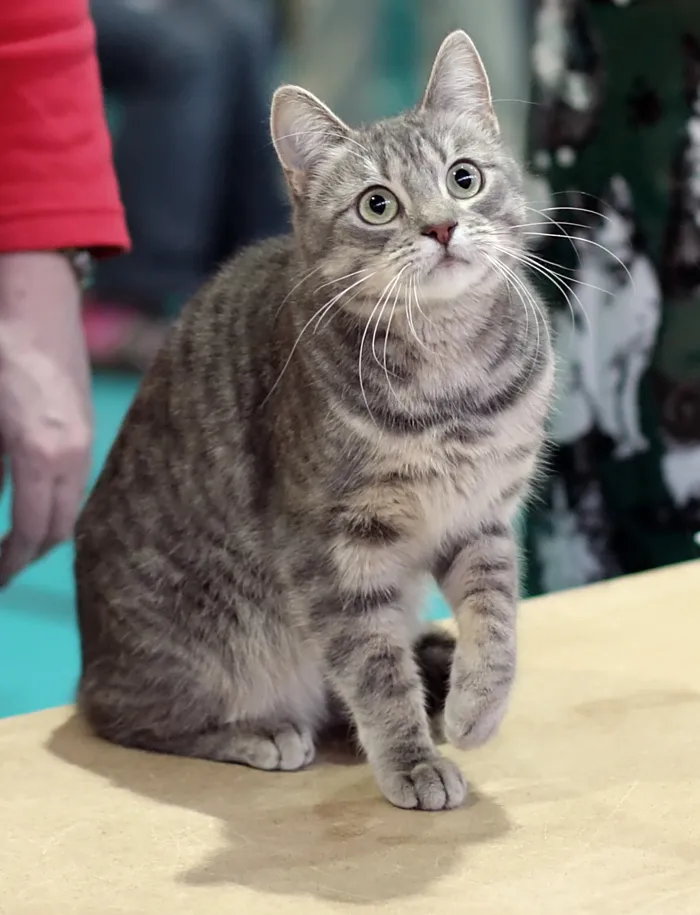European

Introduction of the European Cat
The European shorthair was originally a wildcat that roamed throughout the forests of Europe. Despite undergoing domestication over the centuries, the European shorthair still retains its wild instincts. This medium-sized breed is known for being highly adaptable and can be found in both rural and urban environments.
The European shorthair is a popular breed due to its low maintenance requirements and affectionate personality. However, it is essential to provide plenty of exercise for this active breed to prevent boredom and destructive behavior.
History of the European Cat
The European shorthair is believed to have descended from the African wildcat (Felis lybica). This wildcat was domesticated in the Middle East around 10,000 years ago and was brought to Europe by the Romans. Over time, the European shorthair evolved to adapt to the local climate and environment.
The European shorthair was recognized as a breed in the late 19th century. The breed quickly became popular due to its versatility and ability to control rodents. Today, the European shorthair is one of the most popular breeds in Europe.
Appearance of the European Cat
The European shorthair is a medium-sized breed with a well-balanced body. The head is broad and the muzzle is short. The ears are large and erect. The coat is short, dense, and comes in a variety of colors and patterns. The most common colors are blue, black, red, and white.
Personality of the European Cat
The European shorthair is a friendly and affectionate cat. They are highly adaptable and can be found in both rural and urban environments. They are also very intelligent and can be trained to perform tricks.
The European shorthair is a good choice for families with children. They are also good with other pets, although they may chase small animals such as rodents.
Care of the European Cat
The European shorthair is a relatively low-maintenance breed. They require regular brushing to remove loose hair and prevent mats. They should also be given a bath every few months.
The European shorthair is an active breed and requires plenty of exercise. They enjoy playing with toys and climbing cat trees. It is important to provide plenty of space for this breed to run and play.
Health of the European Cat
The European shorthair is a generally healthy breed. They are known for their strong immune systems and long lifespans. However, they can be prone to certain health problems, such as hyperthyroidism and dental disease.
Regular veterinary checkups are important to ensure the health of your European shorthair. Your veterinarian can also provide you with advice on diet, exercise, and grooming.
Are you looking to buy the European breed?
See current available pets or share this breed with your friends!